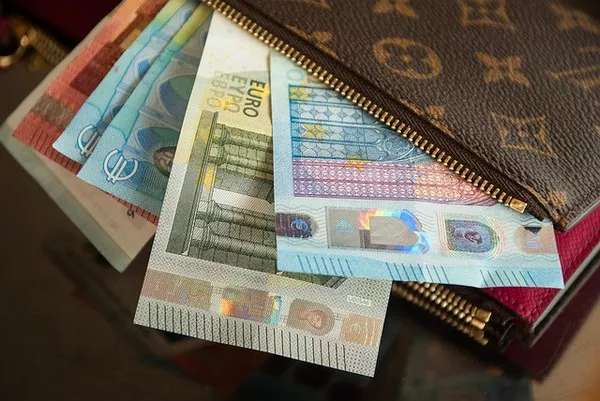In recent months, the euro has experienced a downward trend against major currencies, raising concerns among investors and economists alike. From political uncertainties to economic indicators, several factors contribute to this decline. Understanding the underlying causes is crucial for policymakers, investors, and businesses alike. This article explores the multifaceted reasons behind the euro’s drop and its potential implications.
Economic Data and Performance:
One of the primary drivers behind the euro’s decline is the economic performance of the Eurozone. Despite efforts to stimulate growth, the region has faced several challenges. Slow GDP growth, high unemployment rates, and persistent inflation below target levels have dampened investor confidence. Moreover, the COVID-19 pandemic exacerbated these issues, leading to a recession in many Eurozone countries.
The European Central Bank (ECB) plays a crucial role in addressing these challenges through monetary policy. However, unconventional measures such as negative interest rates and quantitative easing have had limited impact on boosting economic activity. Concerns about the effectiveness of ECB policies and the sustainability of Eurozone growth have contributed to the euro’s depreciation.
Political Uncertainties:
Political instability within the Eurozone and broader geopolitical tensions have also weighed on the euro’s value. The rise of populist movements, Brexit negotiations, and disputes over fiscal policies among member states have created uncertainty for investors. The lack of a unified approach to address these challenges has raised doubts about the long-term stability of the euro.
Furthermore, elections in key Eurozone countries and the potential for shifts in government policies add to the uncertainty surrounding the euro. Investors often seek safe-haven currencies during periods of political turmoil, leading to capital outflows from the Eurozone and further depreciation of the euro.
Trade Imbalances and External Factors:
Trade imbalances between the Eurozone and its trading partners also impact the euro’s exchange rate. Persistent trade deficits, particularly with countries like China and the United States, put downward pressure on the euro. Concerns about protectionist measures and trade tensions between major economies further exacerbate these imbalances.
Additionally, fluctuations in commodity prices, particularly oil, can influence the euro’s value. As the Eurozone is heavily reliant on energy imports, any increase in oil prices can lead to higher import costs and weaken the euro. Similarly, changes in global economic conditions, such as shifts in monetary policy by major central banks like the Federal Reserve, can affect investor sentiment towards the euro.
Interest Rate Differentials:
Interest rate differentials between the Eurozone and other major economies also play a significant role in determining the euro’s exchange rate. Historically, the euro has been a lower-yielding currency compared to the US dollar and other reserve currencies. As a result, investors may seek higher returns elsewhere, leading to capital outflows from the Eurozone and depreciation of the euro.
Moreover, expectations of future interest rate changes by the ECB and the Federal Reserve influence currency markets. Speculation about monetary policy tightening in the US relative to the Eurozone can lead to a strengthening of the dollar against the euro. Conversely, dovish signals from the ECB may further weaken the euro as investors anticipate prolonged accommodative policies.
Market Sentiment and Technical Factors:
Market sentiment and technical factors also contribute to the euro’s fluctuations. Speculative trading, algorithmic trading, and investor positioning can amplify short-term movements in the currency markets. Moreover, sudden shifts in sentiment driven by news events or geopolitical developments can lead to rapid changes in the euro’s value.
Technical analysis, which examines historical price patterns and market trends, also influences currency trading strategies. Key support and resistance levels, moving averages, and other technical indicators guide traders’ decisions, impacting the euro’s exchange rate in the short term.
See Also Can I Pay in Euros on My Credit Card?
Conclusion:
In conclusion, the decline of the euro against major currencies is influenced by a complex interplay of economic, political, and external factors. Weak economic data, political uncertainties, trade imbalances, interest rate differentials, and market sentiment all contribute to the euro’s depreciation. Understanding these factors is essential for policymakers, investors, and businesses to navigate the currency markets effectively. Going forward, addressing structural challenges within the Eurozone and implementing prudent monetary and fiscal policies will be crucial for restoring confidence in the euro and supporting its long-term stability.


